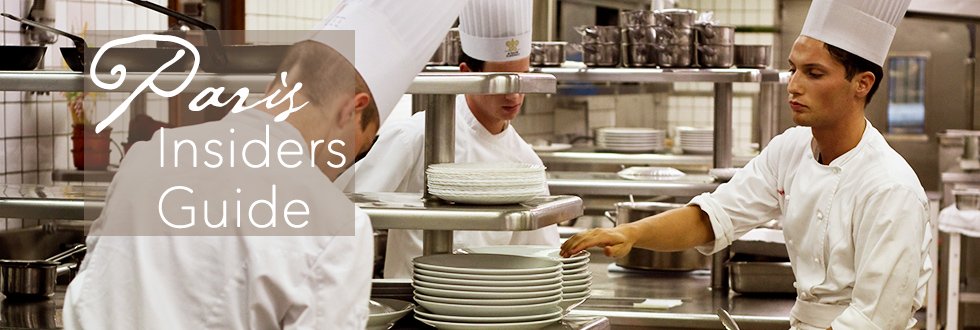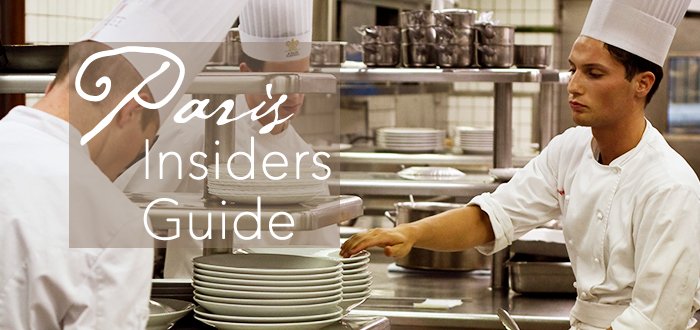Paris Bistros, Brasseries & Cafés Demystified
Just what is the difference between a restaurant, a bistro, a brasserie & a café? While there might seem to be a gulf between the grands restaurants and neighborhood bistros they all have something fundamental in common — the joy of food and cooking. We love the wide spectrum of dining experiences we've had in Paris. Let's find out what constitutes a bistro, a brasserie, and a café, and then we'll share some of them we've enjoyed.
![]()
Our Top-Rated Food & Wine Experiences
1. Cheese and Wine Tasting in a Private Paris Cheese Cellar… Learn from a Master Affineur
2. A Taste of Montmartre: Food & Wine Tour… Tour the best food shops in the village on the hill
3. Wine Tasting in the Heart of Paris… A sommelier leads a fun and informative wine tasting
4. Dinner at Madame Brasserie on the Eiffel Tower… The very best dining views in Paris
A Simplified Glossary
Bistros
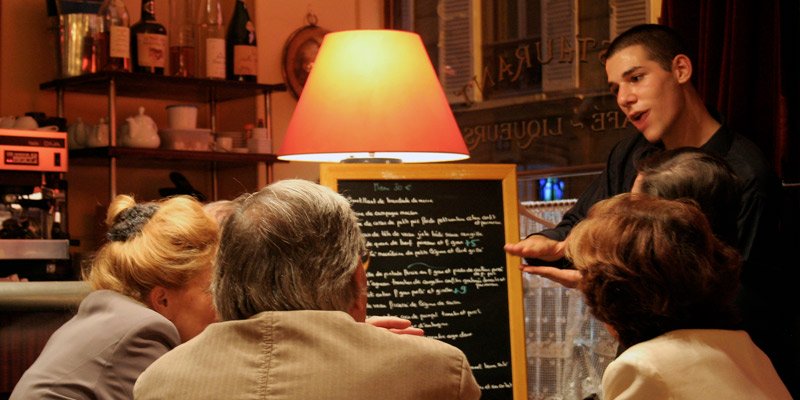
In contrast to the large, luxurious spaces of the luxury restaurants of Paris, bistros are small, casual places where hearty food is served simply, but deliciously. Typically, a bistro is frequented by locals and might not even be very well known outside its quartier, or neighborhood.
Historically, the menu and the wine at many bistros was based on the food of the region the bistro's owner came from. For instance, some of our regular haunts are bistros based on the cooking of southwest France. The wines we drink there are usually completely new to us, but delicious just the same. You can read more in our guide to historic Paris bistros.
![]()
Discover What's On When You're Here...
• January... |
• February... |
• March... |
• April... |
• May... |
• June... |
• July... |
• August... |
• September... |
• October... |
• November... |
• December... |
Discover What's On When You're Here
• January...
|
• February... |
• March... |
|---|---|---|
• April... |
• May... |
• June... |
• July... |
• August... |
• September... |
• October... |
• November... |
• December... |
Brasseries
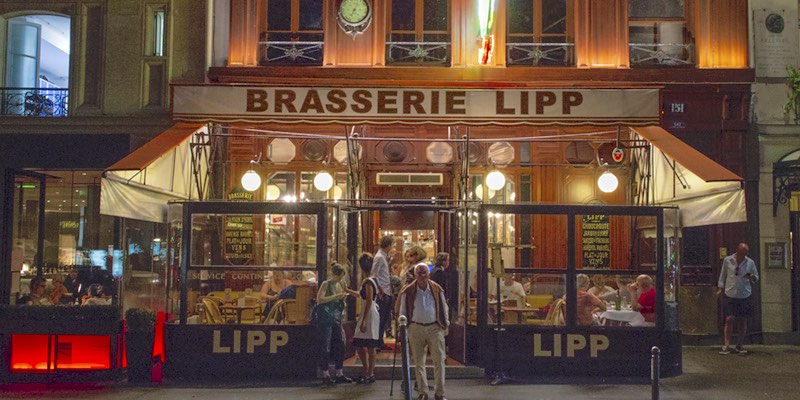
Brasserie means brewery and, as you might guess, most of the brasseries of Paris were initially based around beer. Since beer is the traditional drink in the part of France closest to Germany, you can still find a distinctly Alsatian flavor to brasseries, with dishes featuring sauerkraut and sausages, although nowadays they offer some of the classic French dishes, from blanquette de veau and pot-au-feu to confit de canard.
In brasseries you can expect a bit more formality than in bistros, typically they feature white linen tablecloths and uniformed servers. The famous brasseries of Paris are decorated with brass, stained glass, all of it done in a sort of Art Deco style.
![]()
Romantic Dinner Cruises In Paris
|
VIP Dinner Cruise with Bateaux Parisiens |
Dinner Cruise by Maxim's of Paris |
|
VIP Dinner Cruise with Bateaux Parisiens |
Cafés
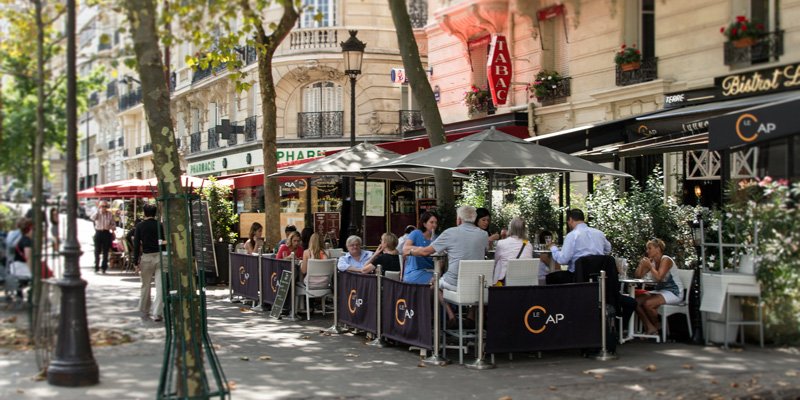
Cafés are the most casual of all. It's where you have a glass of rosé on one of those round tables and do a little Paris people watching on the avenue, rue, or boulevard. To us, wine bars are in the same category.
Get ready to be cozy! You can't hide in Paris cafés — you are part of the scene. Neighboring diners may squeeze past you to get to and from their tables. Waiters may pass dishes over your head. All in all, it's a great scene. Before you head off for the evening, you might want to read our Paris dining tips.
Memorable Bistros, Brasseries & Cafés
Le Petit Lutétia
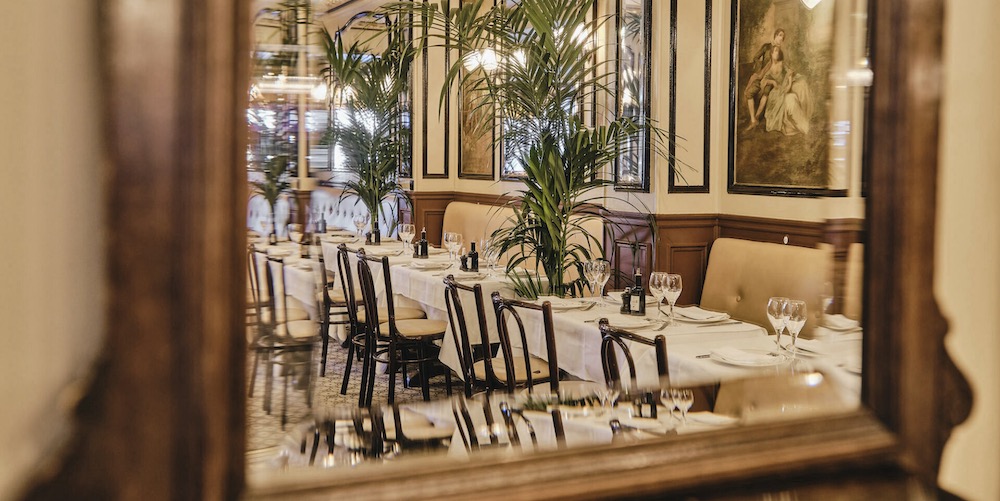
We've often found ourselves in this small restaurant located near Le Bon Marché department store on the border of the 6th and 7th Arrondissements, close to Montparnasse.
This 1915 Paris bistro classic has the stained glass, zinc bar, and mirrors that you expect. The food is traditional Parisian bistro fare — hearty, simple and authentic. No fancy food displays or revolutionary combinations. Don't miss the cassolette d'escargots: it arrives smoking hot with a lovely garlic and basil sauce. Insider Tip — order from the daily specials on the menu board.
Great news — a few years ago Le Petit Lutétia changed hands, but the new owners have kept the style and substance of the bistro. The food, if anything, has gotten even better,
- 107 Rue de Sèvres 75006
- 11:30 to 3:00 and 7:00 to 11:00
- Website…
![]()
Delicious Activities in the Marais
|
Marais Food & Wine Tour |
Cheese & Wine Tasting in a Paris Cellar |
|
Cheese & Wine Tasting in a Paris Cellar |
Café du Marché
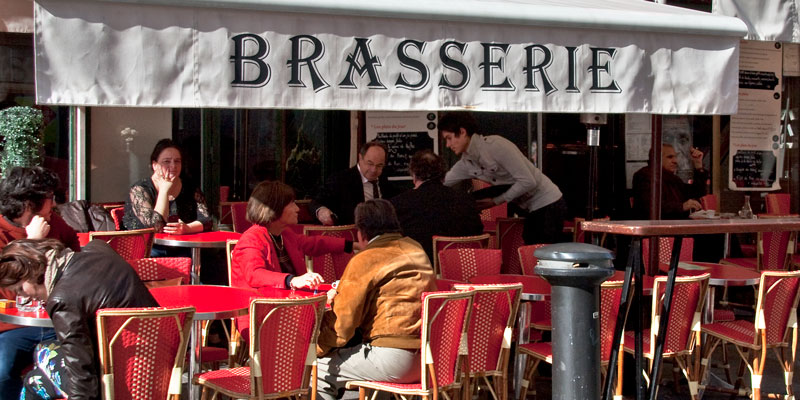
This classic Right Bank café was a regular lunch spot for us whenever we were on our way to the nearby American Library in Paris or to the Champs de Mars at the Eiffel Tower. It remains a favourite today.
The good food and extremely reasonable prices ensure that it is absolutely packed at lunchtime. And we mean packed ! During the lunch rush, waiters can't squeeze between the chairs, so customers are recruited to pass plates full of steak frites from table to table.
- 38 Rue Cler 75007
- 7:00 AM to Midnight. Sunday 7:00 AM to 5:00 PM.
Frenchie
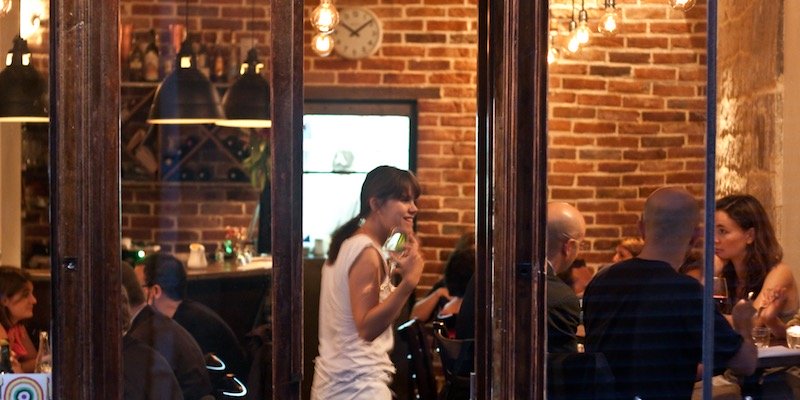
We felt like real Paris Insiders the first time we turned into the constricted street and walked toward the patch of soft light coming from one of the most popular restaurants in Paris. The sign on the building was like those you see on abandoned boulangeries in rural France — dark, faded, hard to spot in the dimness. Gregory Marchand, a young chef from Nantes had trained in New York City and with Jamie Oliver in London, which is where he acquired the nickname Frenchie, improbably using that moniker to name his restaurant.
All the dishes were good. Really good. The first night we ate there, the smoked trout entrée was one of those last-meal-in-our-lives choices. The blend of the smokiness of the fish with the roasted peppers and oils was a wonder. Marchand knows about cooking, and his meals are like fine art. In the half door of the kitchen we watched him tending to every single dish, bent down to get eye level with the food to make sure all is perfect.
That first meal there was a number of years ago. Since then Chef Marchand has pretty much taken over this formerly neglected street by opening a wine bar, a takeaway called Frenchie to Go, and other food ventures. The final feather in this chef's toque was winning a Michelin star (finally!) in 2019. Rue du Nil has now become a true gourmet destination.
- 5 Rue du Nil 75002
- Website…
![]()
Find Hotel Deals for Your Dates in Paris
Check the complete list of Paris hotels to find current sale prices on rooms in every arrondissement. Save 10%, 20%… or even more! |
Paris Hotel Deals |
Find Hotel Deals for Your Dates in Paris
Save on hotels in every arrondissement of Paris – the Latin Quarter, Saint Germain, the Right Bank, the Marais, near the Eiffel Tower. Save 10%, 20%… or even more! |
Café Lignac
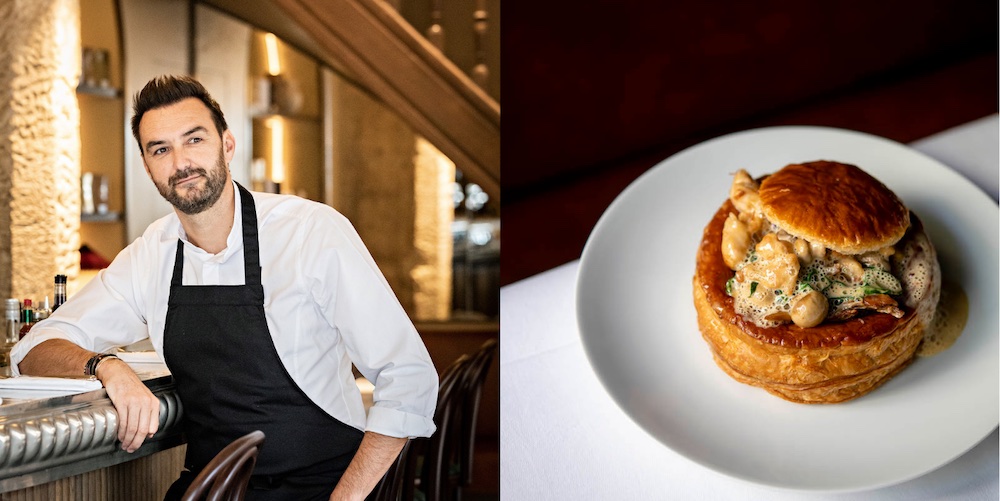
For decades legendary Chef Christian Constant operated his namesake restaurant on this corner of the 7th Arrondissement, near the Eiffel Tower. Alas, Café Constant is no more since Chef retired. But the good news is that another fabulous chef has set up shop here and has added his name to the title. Under Chef Cyril Lignac it remains a casual spot for lunch or dinner. It's a great place for a group of friends (old and new) to meet for a lively time with Lignac's always reliable food.
- 139 Rue St-Dominique 75007
- Noon to 2:30 and 7:00 to 10:30
- Website…
Brasserie Île Saint-Louis
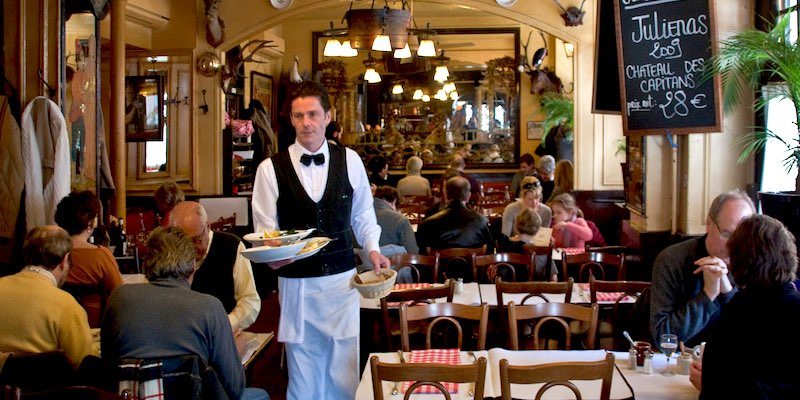
One of our standards for lunch, located just behind Notre Dame Cathedral and across the pedestrian bridge. There's always been a restaurant on this site — that is, at least since the 19th century. The restaurant was purchased by the Guépratte family in 1953 and renamed Brasserie Île Saint-Louis. It's now run by the third generation of the family, grandchildren of the original owners.
This is the place to seek out traditional brasserie classics like herring and boiled potatoes slathered in butter and olive oil, perfect omelettes with house-made frites (which may be the best frites in Paris), or a huge plate of charcuterie. And when you have a craving for the Alsatian dish of sausages and tangy sauerkraut — this is the place.
It's the best way to fortify yourself before heading to Notre Dame, just across the pedestrian bridge, to climb the 387 stairs to the top of the bell towers. So, when the cathedral reopens post-fire, you're likely to find us, once again, sitting on terrace at Brasserie Île Saint-Louis, fortifying ourselves for the climb.
- 55 Quai de Bourbon 75004
- Noon to midnight
Paris Planning Guides
 VIP to Champagne
VIP to Champagne |
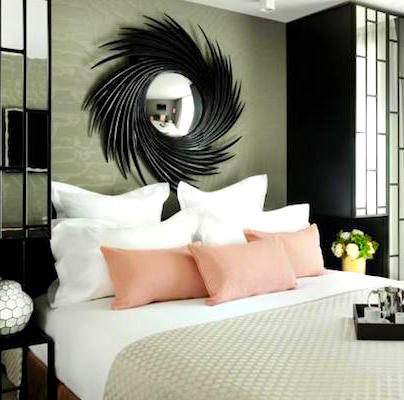 Latin Quarter Hotels
Latin Quarter Hotels |
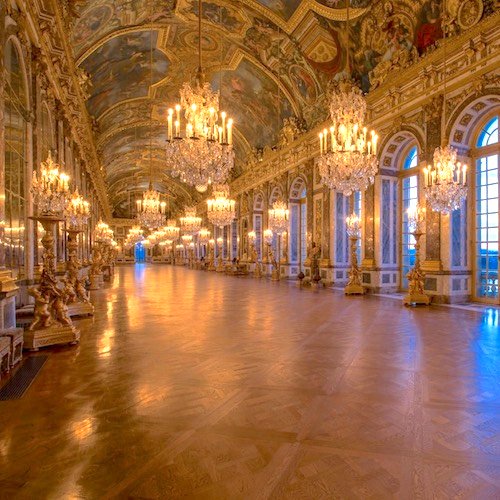 Visiting Versailles
Visiting Versailles |
 Glorious Dinner Cruises
Glorious Dinner Cruises |
